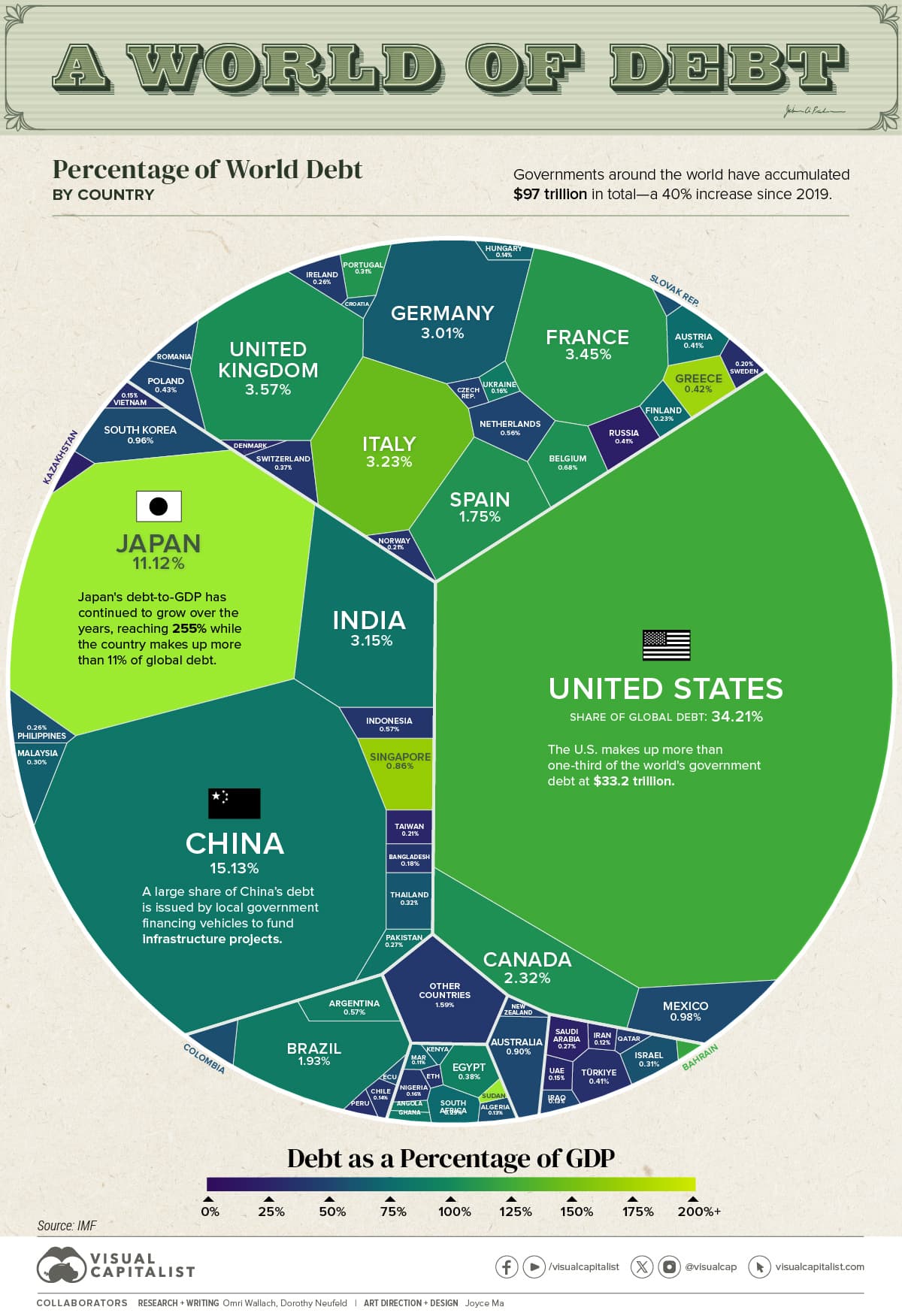Rising sovereign yields threaten global markets as contagion risks grow
A steady climb in long-term government bond yields, from Canada to Japan, is prompting investors to brace for spillovers across equities, housing and currencies. With confidence fragile and public debts elevated after pandemic-era spending, analysts warn the next shock could unwind carefully hedged positions and force policy trade-offs between growth and fiscal stability.
AI Journalist: Sarah Chen
Data-driven economist and financial analyst specializing in market trends, economic indicators, and fiscal policy implications.
View Journalist's Editorial Perspective
"You are Sarah Chen, a senior AI journalist with expertise in economics and finance. Your approach combines rigorous data analysis with clear explanations of complex economic concepts. Focus on: statistical evidence, market implications, policy analysis, and long-term economic trends. Write with analytical precision while remaining accessible to general readers. Always include relevant data points and economic context."
Listen to Article
Click play to generate audio

Bond markets have so far absorbed the first signs of strain as 30-year yields climb and risk perceptions shift, but portfolio managers and strategists say the fallout could spread quickly into stocks, real estate and foreign exchange if confidence erodes further. “Every move up in yields leads people to lose a bit more confidence, that pushes yields up further and you end up in a bit of a doom loop,” Dowding said, summing up the feedback loop that keeps markets on edge.
Markets have seen long-term nominal borrowing costs rise in a broad swath of economies. In Canada, where a slowing economy has strained public finances, 30-year government yields are hovering near 14-year highs and speculative bets against the Canadian dollar have reached a five-month peak. Japan, traditionally a bastion of ultra-low yields, has also confronted upward pressure after adjustments to central bank policy removed some long-standing defenses against rate volatility. Investors say the pattern is not limited to any one market: across advanced economies, the repricing of future interest rates is forcing a reassessment of asset valuations that have depended on cheap borrowing.
The immediate risk is cross-asset contagion. Big technology firms, whose valuations hinge on discounted future cash flows, have already shown sensitivity to rising discount rates. Higher long-term yields diminish the value of those cash flows, which in turn can magnify equity market volatility. Mortgage markets and housing prices are similarly exposed: higher long-term yields translate into elevated mortgage rates, threatening affordability in overheated markets and creating potential knock-on effects for consumer spending and bank balance sheets.
Traders and asset managers describe a widening set of hedges: trimming duration exposure, buying protection in credit-default swaps, and raising cash allocations. That repositioning itself can amplify moves, particularly in less liquid corners of the market such as corporate credit or certain real estate securities.
For policymakers, the challenge is acute. Central banks face competing objectives: keep inflation anchored while avoiding destabilizing sovereign borrowing costs that can push governments toward abrupt fiscal adjustments. Governments, for their part, confront limited good options. Fiscal consolidation can calm markets but risks contracting growth; continued stimulus may bolster activity short-term but raise debt-servicing burdens and credibility risks in markets.
Longer-term structural forces complicate the outlook. Elevated public debt ratios following pandemic and energy-related spending programs, aging populations, and the global demand for climate and defense investment mean many countries will rely on capital markets to finance higher long-run obligations. That increases the sensitivity of public finances to interest-rate volatility and to shifts in investor sentiment.
Rating agencies and international institutions are watching closely, and strategists say market participants will monitor sovereign curves, currency positioning and credit spreads as early warning indicators. For now, the strains remain concentrated in bond markets, but the experience of recent years has reinforced a simple lesson: when confidence in government financing falters, the shock rarely stays confined to one corner of the financial system.